Another lovely start to the evening in Dublin!

Another lovely start to the evening in Dublin!

Another lovely start to the evening in Dublin!

So erm… I discovered @TheNib the other day and it is Glorious!
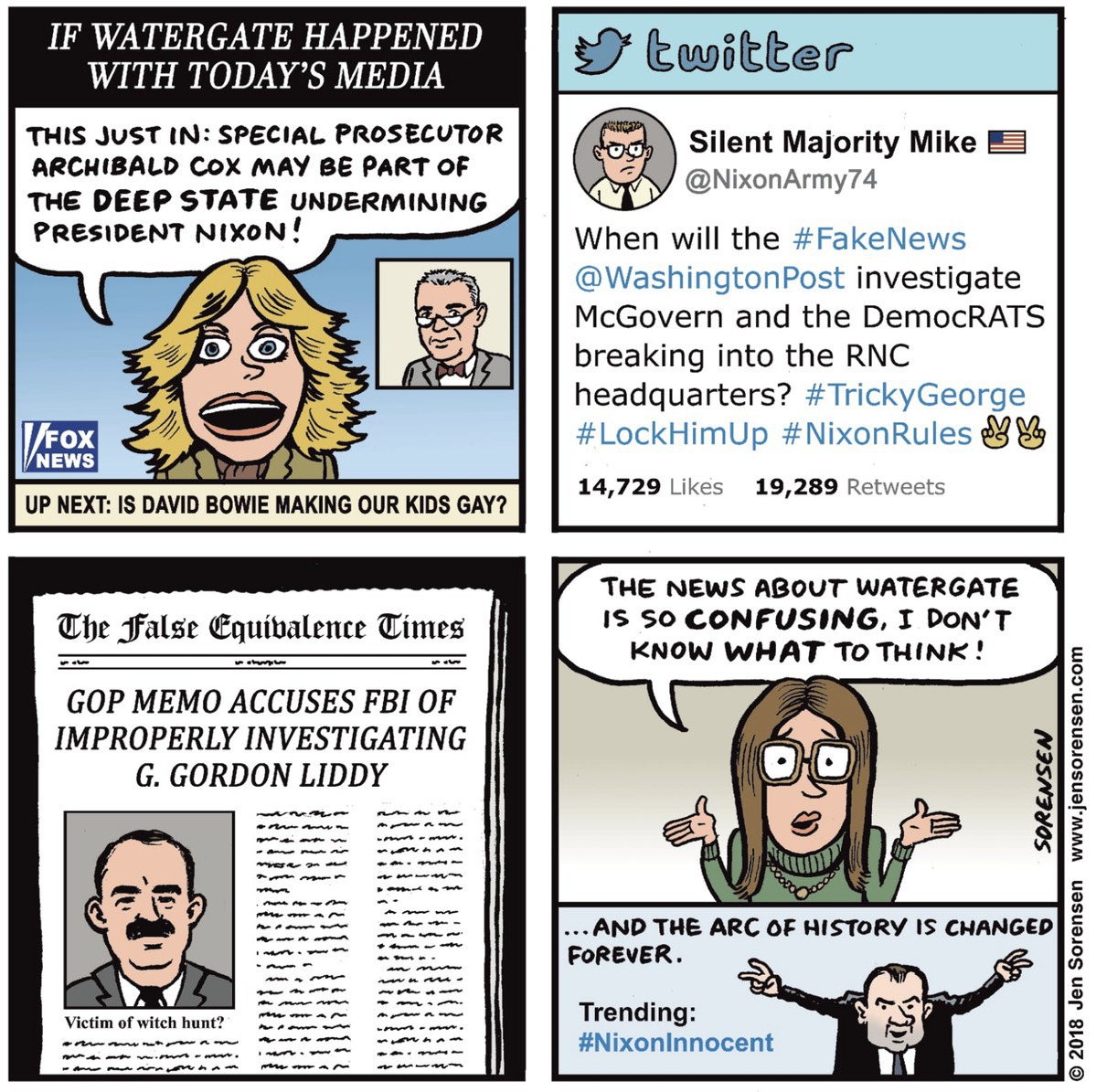
Pretty intense workout today!
The Fitbit’s GPS only started about halfway through though, so I’ll have more accurate stats next time.
Beautiful scenery at Phoenix Park though!

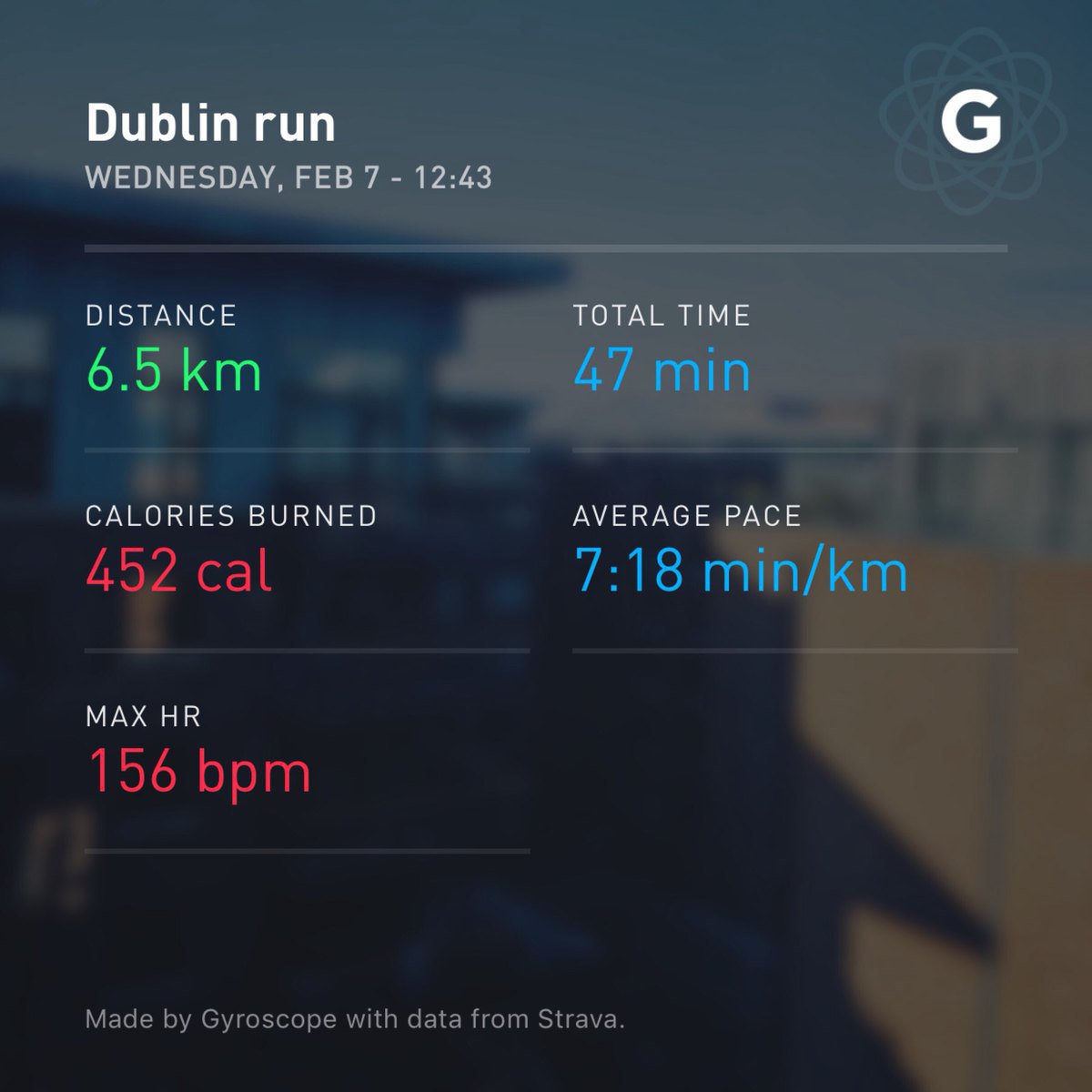
So erm… I discovered @TheNib the other day and it is Glorious!
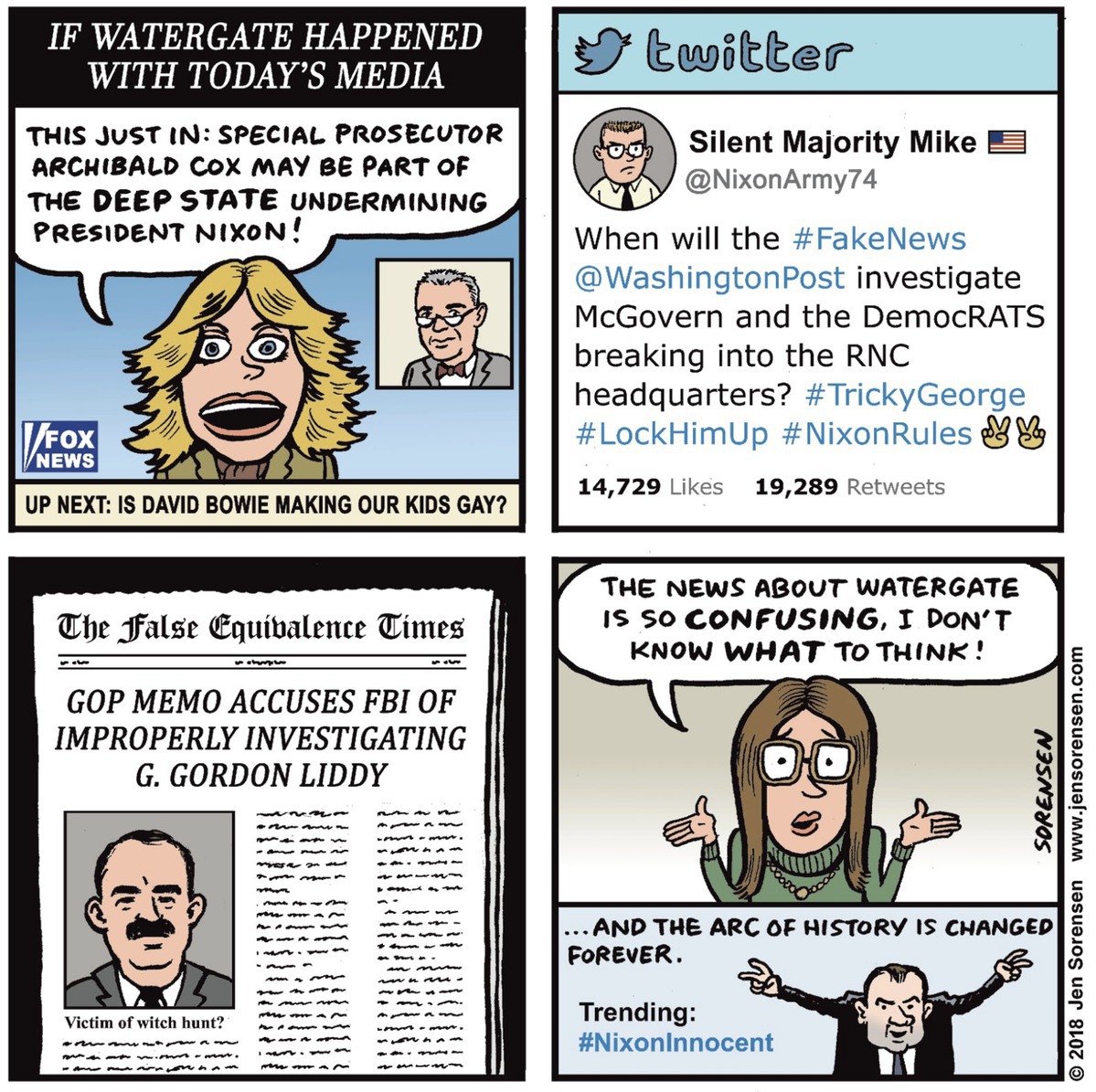
Pretty intense workout today!
The Fitbit’s GPS only started about halfway through though, so I’ll have more accurate stats next time.
Beautiful scenery at Phoenix Park though!

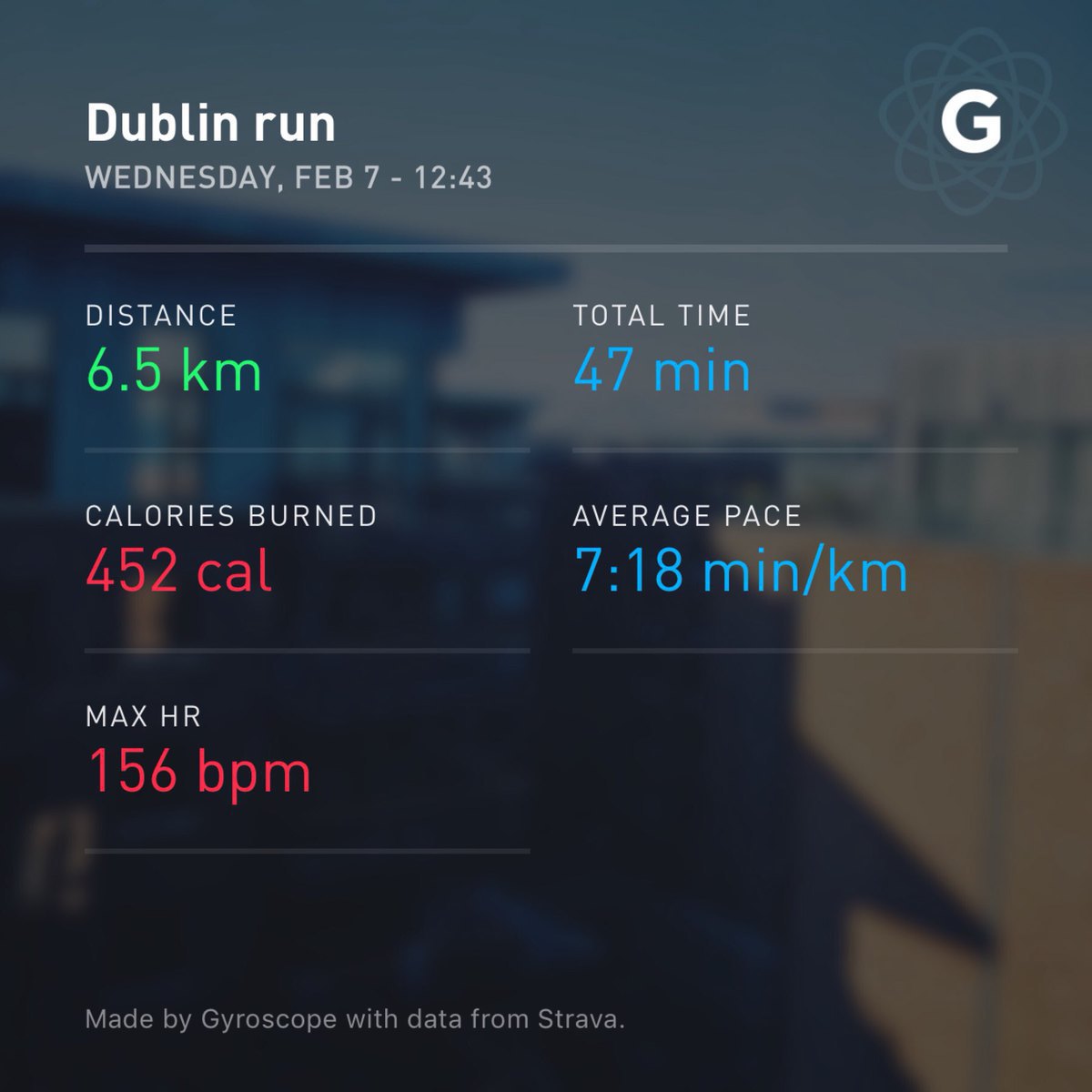
Playing around with @substack this morning… I’m thinking of using it to share a digest of insights about tech/future-of-work…
Playing around with @substack this morning… I’m thinking of using it to share a digest of insights about tech/future-of-work…
Good afternoon from the new crib!
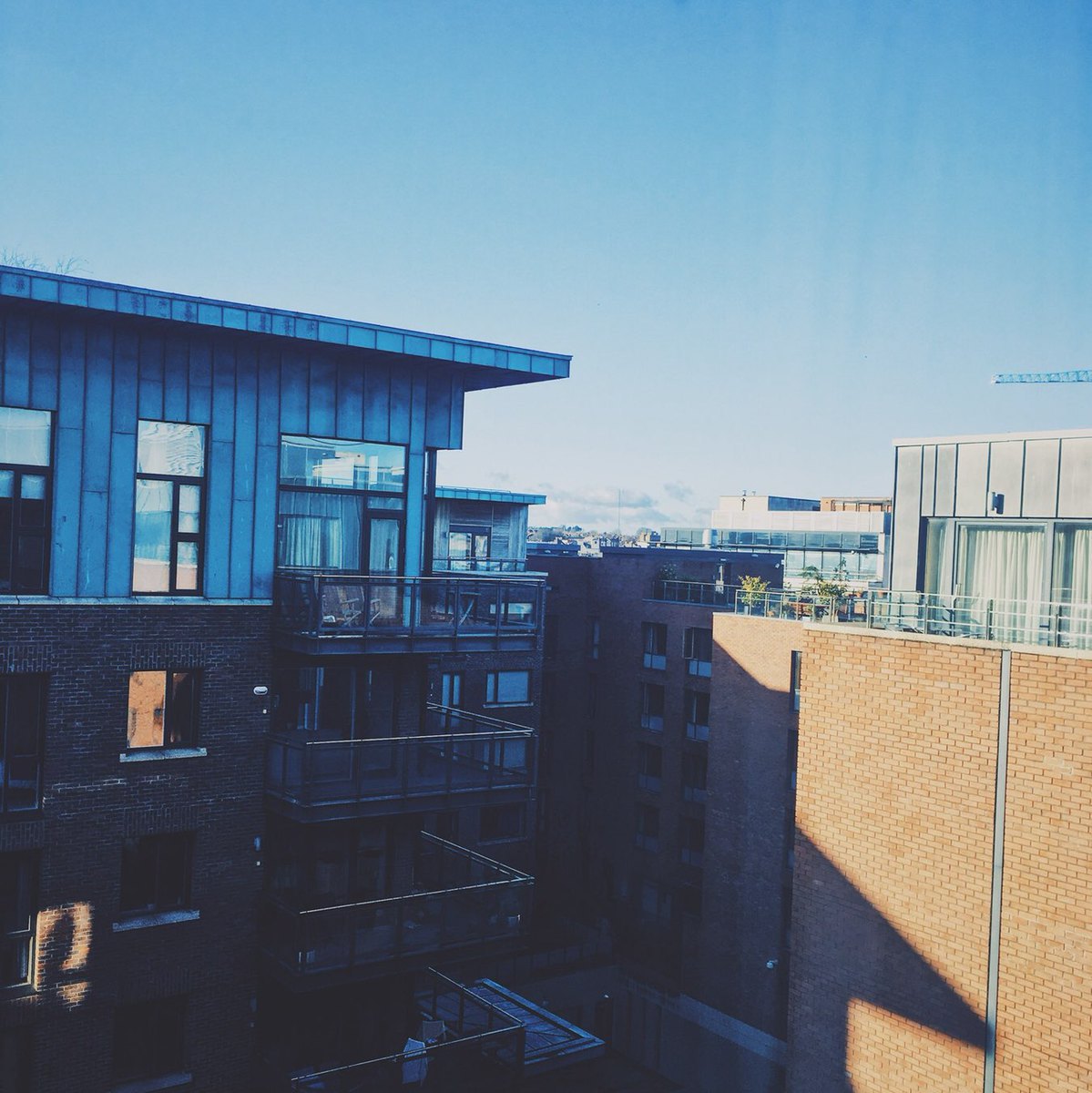
Good afternoon from the new crib!
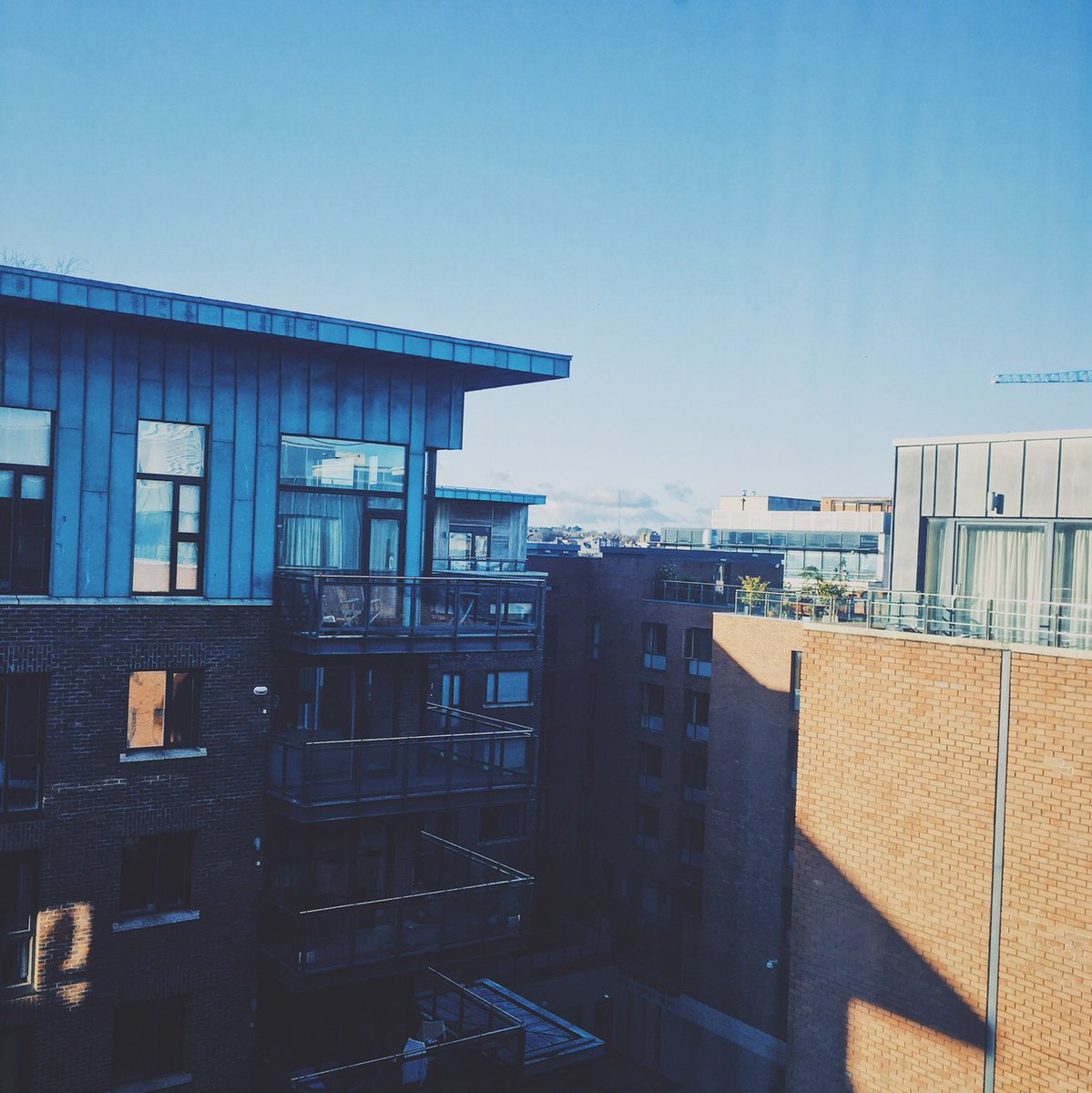
Exported my Pocket list, imported it to Instapaper, selected my favorite articles to keep in this mix before wiping out the rest.
Feels good to star with an almost-fresh Read-It-Later list!
Exported my Pocket list, imported it to Instapaper, selected my favorite articles to keep in this mix before wiping out the rest.
Feels good to star with an almost-fresh Read-It-Later list!
Damn, this guy really is a madman
“If a country launches a major cyberattack on critical U.S. infrastructure — water or energy facilities, say — the United States will respond with a nuclear attack.”
Good afternoon from my office today…
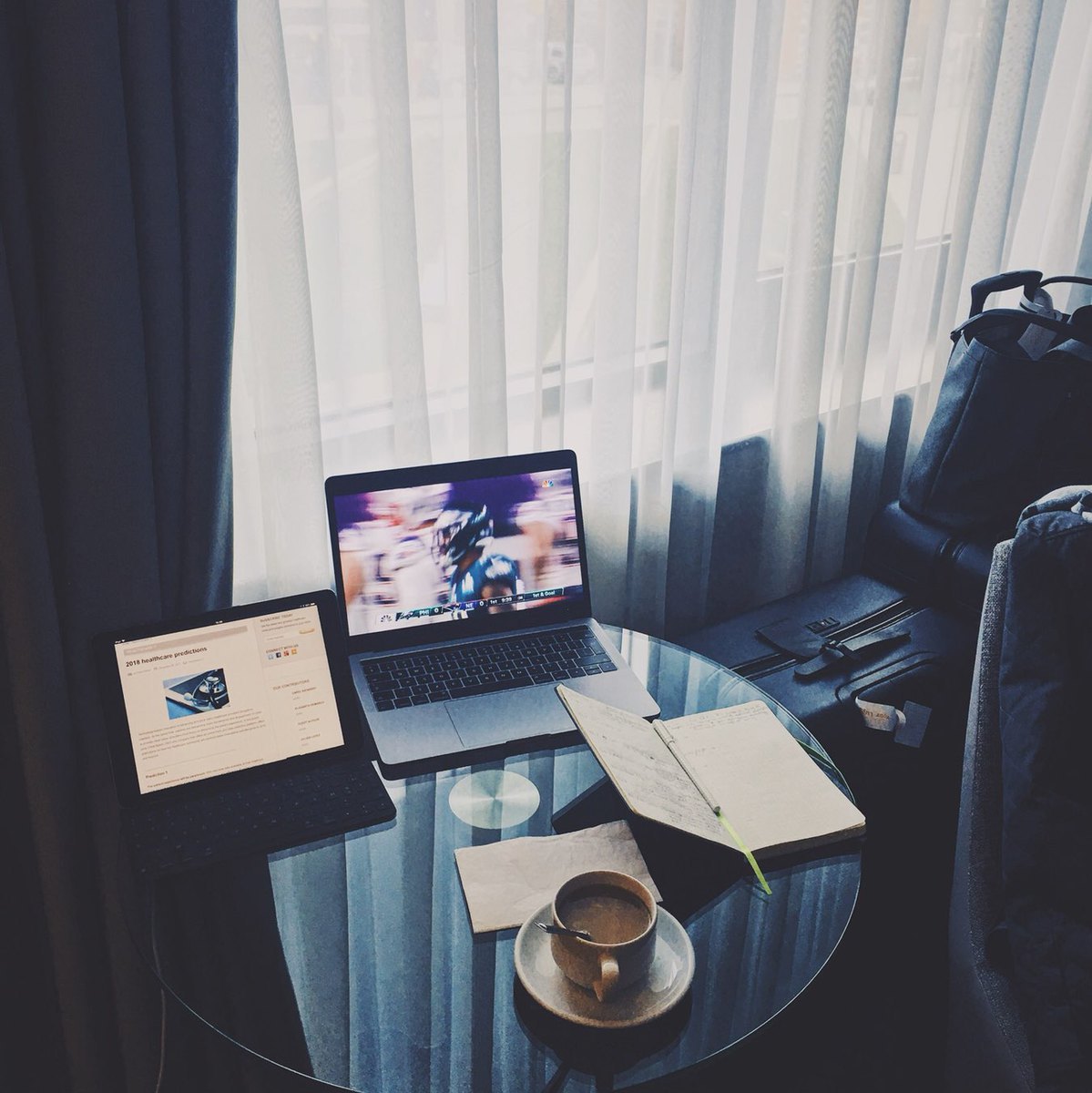

Damn, this guy really is a madman
> “If a country launches a major cyberattack on critical U.S. infrastructure — water or energy facilities, say — the United States will respond with a nuclear attack.”
Good afternoon from my office today…
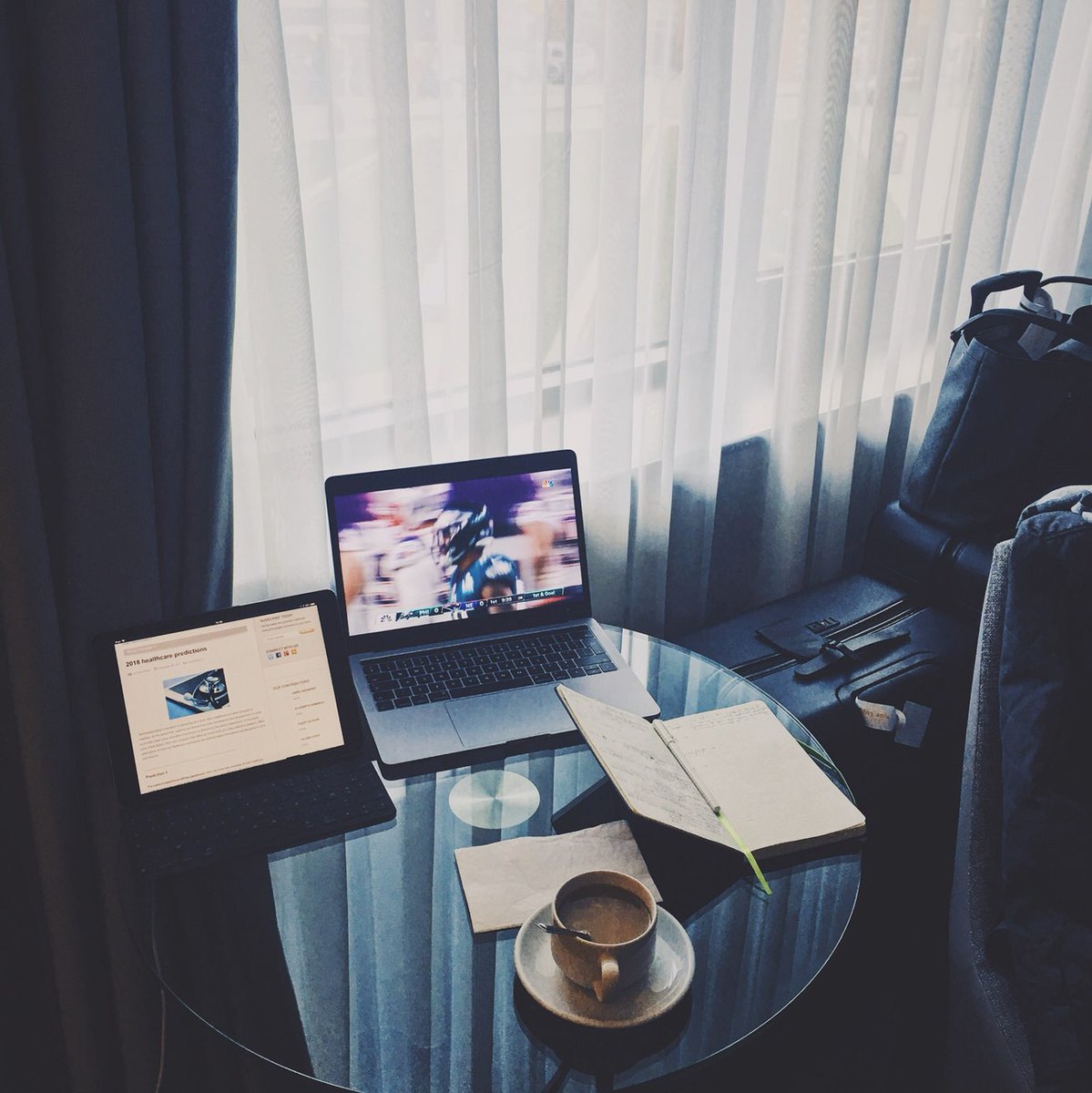

Dublin Update: We’re staying in a hotel in the neighbourhood of our future apartment. Around us, there is an organic supermarket, a cat-café, a VR lounge, an Arcade, and 3 coffee houses.
In summary: we’re two hipsters at home!
In addition to my client work, I’ve recently joined a stealth project that I couldn’t be more excited about! Great way to start the week with inspiration, energy and productivity!
Dublin Update: We’re staying in a hotel in the neighbourhood of our future apartment. Around us, there is an organic supermarket, a cat-café, a VR lounge, an Arcade, and 3 coffee houses.
In summary: we’re two hipsters at home!
In addition to my client work, I’ve recently joined a stealth project that I couldn’t be more excited about! Great way to start the week with inspiration, energy and productivity!